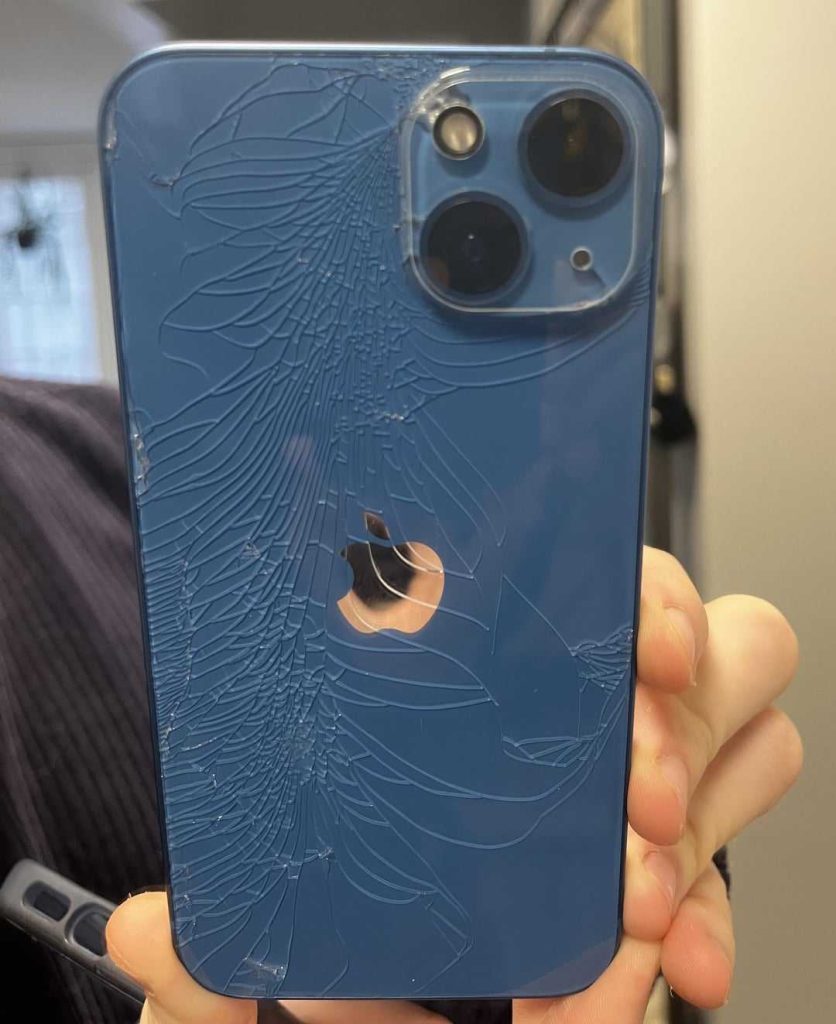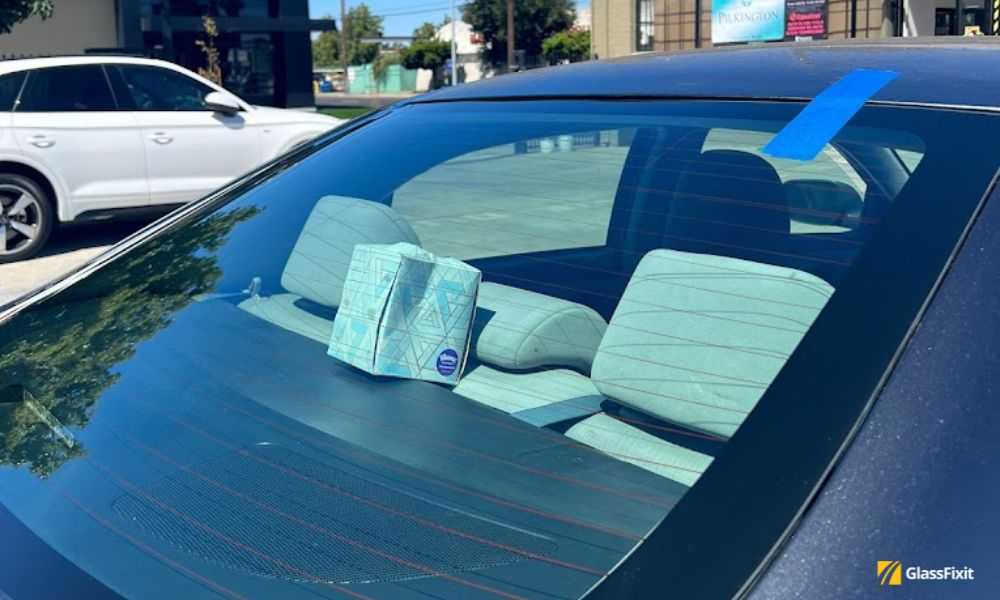The adhesive most commonly used for rear windshields is a specialized urethane-based glue. It provides a strong, waterproof bond that ensures safety and durability for the vehicle.
In short, a high-quality urethane adhesive is the go-to choice for installing rear windshields. It offers excellent adhesion, flexibility, and resistance to weather conditions, making it the best option for secure and long-lasting windshield replacement.
When it comes to repairing or replacing a rear windshield, choosing the right adhesive is crucial for safety and performance. The adhesive typically used is a urethane-based sealant specifically designed for automotive glass. Urethane adhesives create a strong bond between the glass and the vehicle frame, maintaining structural integrity and ensuring that the windshield stays securely in place even under stress or impact. These adhesives are also weather-resistant, preventing leaks and damage from moisture or temperature changes. Using the right adhesive not only guarantees a professional finish but also keeps you safe on the road by maintaining the windshield’s stability and integrity.
What Adhesive Is Used for Rear Windshield
Introduction to Rear Windshield Adhesive
The adhesive used for rear windshields plays a crucial role in vehicle safety and integrity. It keeps the glass firmly attached to the car’s frame, preventing dangerous shattering or detachment. The right adhesive ensures optimal visibility and protects passengers from wind and debris.
Types of Adhesives Used for Rear Windshields
There are primarily two types of adhesives used for mounting rear windshields: butyl-based adhesives and polyurethane-based adhesives. Each has distinct properties and advantages suited to different situations.
Butyl-Based Adhesives
Butyl adhesives are thick, sticky compounds that offer excellent sealing properties. They are typically used in older vehicles or for repairs where the emphasis is on sealing rather than bonding strength. Butyl provides a flexible, water-tight seal and is easy to apply.
Polyurethane-Based Adhesives
Polyurethane adhesives are the most common choice for modern rear windshield installation. These adhesives form a strong, permanent bond between the glass and vehicle frame. They also provide excellent resistance to temperature changes, vibrations, and impacts.
Why Polyurethane Is the Preferred Adhesive
Polyurethane adhesives are preferred because they offer durability and safety. They are specially formulated to adhere strongly to glass and metal, reducing the risk of the windshield detaching during an accident. Their flexibility also helps absorb shocks and vibrations.
Properties of Automotive Rear Windshield Adhesives
Understanding the properties of adhesives helps in choosing the right one for your vehicle.
- High Bond Strength: Ensures the windshield stays securely attached under various conditions.
- UV Resistance: Protects the adhesive from sun damage and degradation over time.
- Extreme Temperature Resistance: Maintains bonding integrity in hot summers and cold winters.
- Optical Clarity: Clears to ensure unobstructed visibility through the rear window.
- Flexibility: Absorbs impacts and vibrations without cracking or detaching.
Application Process of Rear Windshield Adhesive
Applying the correct adhesive involves precise steps to ensure safety and effectiveness.
Preparation of Surfaces
The vehicle’s surface, especially the frame and glass edges, must be thoroughly cleaned to remove grease, dirt, and old adhesive residues. Use isopropyl alcohol or a similar cleaner for optimal results.
Applying the Adhesive
The technician applies a uniform bead of polyurethane adhesive around the perimeter of the frame. Proper application tools, such as a caulking gun, help in spreading the adhesive evenly.
Installing the Rear Windshield
Once the adhesive is applied, the rear windshield is carefully placed onto the frame. It is then pressed firmly and held in place until the adhesive cures, which may take several hours.
Timing and Curing of the Adhesive
Curing time varies depending on the adhesive type and environmental conditions. Typically, polyurethane adhesives require 24 to 48 hours to cure fully, providing maximum bonding strength.
Factors Affecting Curing Time
Temperature, humidity, and thickness of the adhesive layer influence curing. Higher temperatures generally accelerate curing, while moisture can sometimes interfere.
Safety Considerations When Using Rear Windshield Adhesives
Handling adhesives requires attention to safety.
- Work in well-ventilated areas to avoid inhaling fumes.
- Wear gloves to prevent skin contact with chemicals.
- Follow manufacturer instructions precisely for application and curing times.
- Ensure the workspace is clean and free of contaminants that can weaken the bond.
Advantages of Using Proper Adhesive for Rear Windshield
Using the right adhesive benefits your vehicle in various ways:
- Enhanced Safety: Reduces the risk of windshield detachment during accidents.
- Better Visibility: Ensures a clear, unobstructed view through the rear window.
- Long-Lasting Bond: Maintains integrity over years of driving.
- Protection Against Weather: Seals out water, dirt, and air leaks effectively.
- Easy to Repair or Replace: Suitable adhesives allow for easier removal and reinstallation if needed.
Related Topics to Consider
Understanding additional aspects can help in making informed decisions:
Regulations and Standards for Rear Windshield Adhesives
Automotive adhesives must comply with safety standards such as ASTM D2682 and Australian standards, ensuring their reliability for vehicle use.
Comparison Between Adhesives and Sealants
While similar, adhesives bond surfaces together, whereas sealants primarily prevent leaks. For rear windshields, adhesives with sealing properties are preferred.
DIY vs. Professional Installation
While some car owners may attempt DIY repairs, professional installation ensures proper application and curing, reducing risks.
Environmental Impact of Automotive Adhesives
Select adhesives that are environmentally friendly and free of harmful solvents to reduce ecological footprint.
Cost Considerations
High-quality polyurethane adhesives may cost more but offer superior durability and security, making them a worthwhile investment.
Summary of Key Points
In conclusion, **polyurethane adhesives** are the go-to choice for mounting rear windshields due to their strength, flexibility, and weather resistance. Proper preparation and application are essential for a safe and reliable bond. Selecting the right adhesive and following best practices guarantees your vehicle remains secure, safe, and functional for years to come.
How to Re- Attach your Rear View Mirror
Frequently Asked Questions
What type of adhesive provides a strong bond for rear windshield installation?
Polyurethane-based adhesives are commonly used because they offer excellent bonding strength, flexibility, and weather resistance. These adhesives are specifically formulated for automotive glass, ensuring a secure fit that withstands temperature fluctuations and vibrations.
Are there specific adhesives recommended for different types of rear windshields?
Yes, the choice of adhesive depends on the type of glass and vehicle specifications. Typically, automotive-grade polyurethane adhesives work well for laminated glass, providing durability and safety. For some applications, such as with tempered or specialized glass, manufacturers may recommend specific adhesives compatible with those materials.
How does the curing time of the adhesive affect rear windshield installation?
The curing time is crucial for ensuring the adhesive forms a solid, durable seal. Most polyurethane adhesives require a few hours to cure adequately, with full strength achieved after 24-48 hours. During this period, it’s important to keep the vehicle in a controlled environment to prevent dust or moisture from interfering with the bond.
Can regular household adhesives be used for rear windshield mounting?
No, household adhesives like super glues or general-purpose glues cannot withstand the environmental stresses faced by a vehicle’s rear windshield. They lack the flexibility, weather resistance, and safety standards needed for automotive glass installations. Using proper automotive-grade adhesive ensures safety and long-term performance.
What safety considerations should I keep in mind when using adhesive for rear windshield repair?
Always work in a well-ventilated area and wear protective gloves and eye protection. Follow the manufacturer’s instructions precisely regarding application and curing times. Avoid contaminating the bonding surfaces with dirt, oil, or moisture to maintain a reliable seal. Proper handling ensures safety and maximizes the adhesive’s effectiveness.
Final Thoughts
The adhesive used for the rear windshield must bond securely to withstand weather and driving conditions. Usually, automotive-grade polyurethane adhesive is applied due to its strong adhesion and flexibility. This adhesive ensures safety and durability for the glass. In conclusion, what adhesive is used for rear windshield is typically a specialized urethane adhesive that provides a reliable seal and long-lasting hold.



